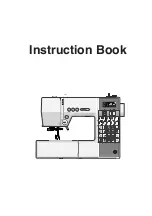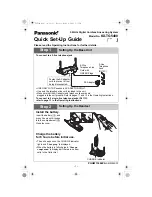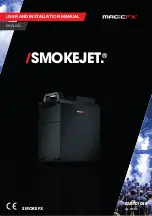
96
SEWING
1
Fabric
2
Stabilizer
3
Thin paper
Sewing attractive finishes
Refer to the table below and the “RELATED CHART OF SEWING FABRICS, THREADS AND NEEDLES”
for recommended fabrics, threads and needles to use in order to use in order to obtain attractive sewing
finishes. Furthermore, pattern slippages may occur when using different fabric thicknesses or types of
stabilizers. Be sure to carry out a test sewing beforehand to check.
FABRIC
THREAD
NEEDLE
When sewing thin or stretch fabrics,
fabrics with coarse weaves, or
characters/decoratives stitches stored
in the machine attach interfacing to the
reverse side. If you do not wish to
attach interfacing, place the fabric onto
some thin paper such as tracing paper
before starting to sew. This acts as a
stabilizer.
#50 – #60
Thin and medium fabrics
75/11 (Embroidery)
Thick fabrics
90/14 (Embroidery)
Stretch fabrics
#14 golden needle
2
N
3
1
1. Align the picture on the pattern sheet with the place where
the pattern is to be sewn on the fabric, and use a chalk pen
to make marks on the fabric at the positions of the holes.
*
When sewing patterns in mirror image, turn the pattern
sheet upside-down.
1
Initial needle drop point
Using a pattern sheet
You can use the pattern sheet which is provided as an accessory to make marks on the material for use in
positioning. This is particularly helpful when sewing large characters.
Summary of Contents for PC-8200
Page 40: ...38 ...
Page 72: ...70 5 Iron the folds toward the same direction ...
Page 74: ...72 Finished flat fell seam 1 Surface ...
Page 127: ...125 1 1 Satin stitch Finished applique on the project ...
Page 175: ...173 Decorative stitch Size can be set to L Large or S Small ...
Page 178: ...176 ...
















































